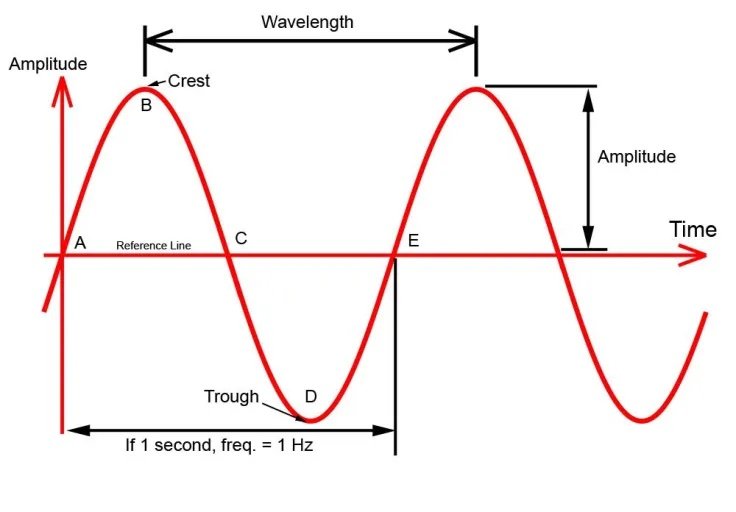- Joined
- Feb 11, 2009
- Messages
- 23,172
- Reaction score
- 18,901
- Location
- NJ (The nice part)
- Guild Total
- 112
I've been doing some recording for an upcoming article and we were comparing different archtops through my AxeFX III using a Roland JC120 model.
The comparisons were going great until we got to one guitar which sounded awful, mostly because it was overdriving the amp in an absolutely unpleasant way. We quickly realized that the offending guitar had round-wound strings on it and when I restrung it with flat-wounds the problem completely went away. The guitar in question was a Guild Benedetto X700 Stuart, so not a junker.
This got me wondering... why? I know round-wounds are brighter and higher frequencies drive an amp harder, but this was worse than I expected. It sounded a bit like when the pickup is too close to the strings - just harsh and nasty. My main question:
Thomastik-Infeld describes the Jazz Swings as glassy smooth polished nickel winding on a round core. [Source]
Thomastik-Infeld describes the Jazz Bebops as A similarity to the JAZZ SWING in materials and string architecture, but with a small gauge round wound nickel winding, produces a strong, fundamental rich jazzy tone that is somewhat bigger than a flat-wound. [Source]
Any (helpful) thoughts are appreciated! Sadly, I did not save the round-wound recording.
The comparisons were going great until we got to one guitar which sounded awful, mostly because it was overdriving the amp in an absolutely unpleasant way. We quickly realized that the offending guitar had round-wound strings on it and when I restrung it with flat-wounds the problem completely went away. The guitar in question was a Guild Benedetto X700 Stuart, so not a junker.
This got me wondering... why? I know round-wounds are brighter and higher frequencies drive an amp harder, but this was worse than I expected. It sounded a bit like when the pickup is too close to the strings - just harsh and nasty. My main question:
- Is it possible that composition of the strings was so different that the round-wounds were causing more magnetic flux and thus a stronger signal? Or am I missing something else?
Thomastik-Infeld describes the Jazz Swings as glassy smooth polished nickel winding on a round core. [Source]
Thomastik-Infeld describes the Jazz Bebops as A similarity to the JAZZ SWING in materials and string architecture, but with a small gauge round wound nickel winding, produces a strong, fundamental rich jazzy tone that is somewhat bigger than a flat-wound. [Source]
Any (helpful) thoughts are appreciated! Sadly, I did not save the round-wound recording.

